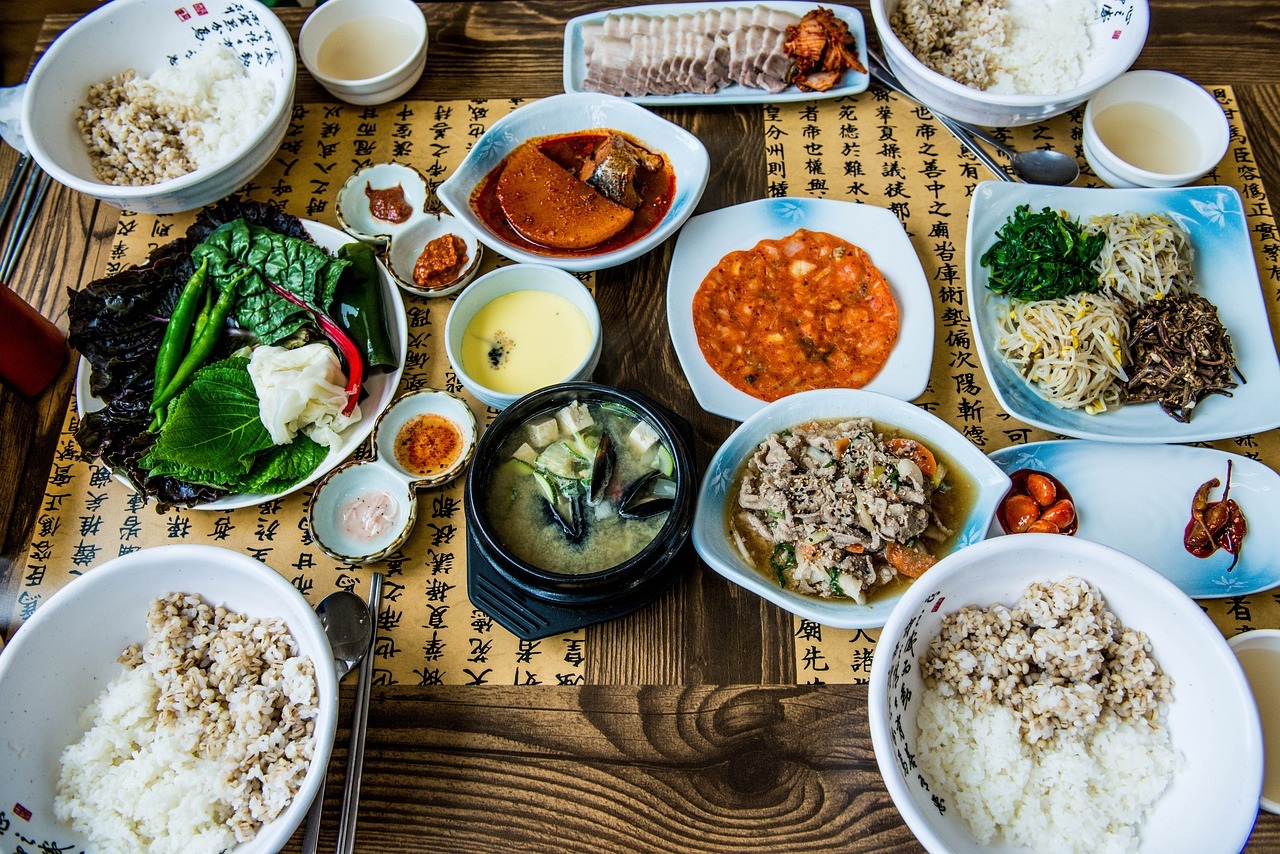Korean food is a factor of many combinations with lots of traditional cooking style, and these are the contributing factors to healthy living among the Koreans. So, if you wish to learn more about the cooking style or get the best from their food, it’s healthy. How is it so? Korea might have developed a unique food culture connected to its long agricultural history. Recently, interest in Korean food, especially regarding its health benefits, has dramatically increased; also, searching about hellofresh, which is one of the companies in the world of food, would show the importance of the meal. However, there are insufficient resources and research available on the characteristics and definitions of Korean cuisine; this is why you must know the best view and ways to cook the food and style in getting healthier, either to follow their ideas or maintain yours.
Exciting things about Korean food
Korean food has been widely discussed regarding raw ingredients, traditional cooking methods and technology, fundamental principles, and knowledge; it would be valuable to preserve the traditional techniques and knowledge of Korean foods rather than focus on the raw materials themselves. Korean meals might have various historical ingredients and recipes that have been served with bap (cooked rice), Kuk (dishes with broth), kimchi, and banchan (side dishes) to be consumed at the same time. As traditionally, baking or frying were not standard cooking methods, Koreans tended to use fermenting, boiling, blanching, seasoning, and pickling. Among these methods, the most characteristic method is fermentation. The process of fermentation may enrich food flavors, preserves the foods, and keep a healthy living. The Korean diet comprises bap (cooked rice) and Kuk, and various banchan with one serving called bapsang. Kimchi is always served at every meal. The principal aspects of the Korean diet include proportionally high consumption of vegetables, moderate to high consumption of legumes and fish, and low consumption of red meat. Banchan is mostly seasoned with various jang (fermented soy products), medicinal herbs, and sesame or perilla oil.
The choice of ingredients & style of cooking
Following the choice of Korean food, you may want to reduce red meat consumption and incorporate plant consumption like legumes and seafood. These are unique features found in Korean ingredients, which makes it healthier. The style of cooking also matters. While direct cooking may not improve or damage the general contribution of the food, fermenting or steaming may improve the nutritional level, depending on the style of cooking. Just as Korea developed unique foods, as well as a food culture that is fundamentally distinct from Chinese or Japanese food cultures, our food is one of the critical elements of culture. It presents possibilities for the promulgation of various cultural contents. However, this effect has been diminished by a lack of cohesive definitions and concepts in Korean food culture. Therefore, it is necessary to establish consistent definitions and concepts to be used about the Korean diet in our today’s meal consumption, either to incorporate their ideas or stick to yours – all depending on your resolution.
